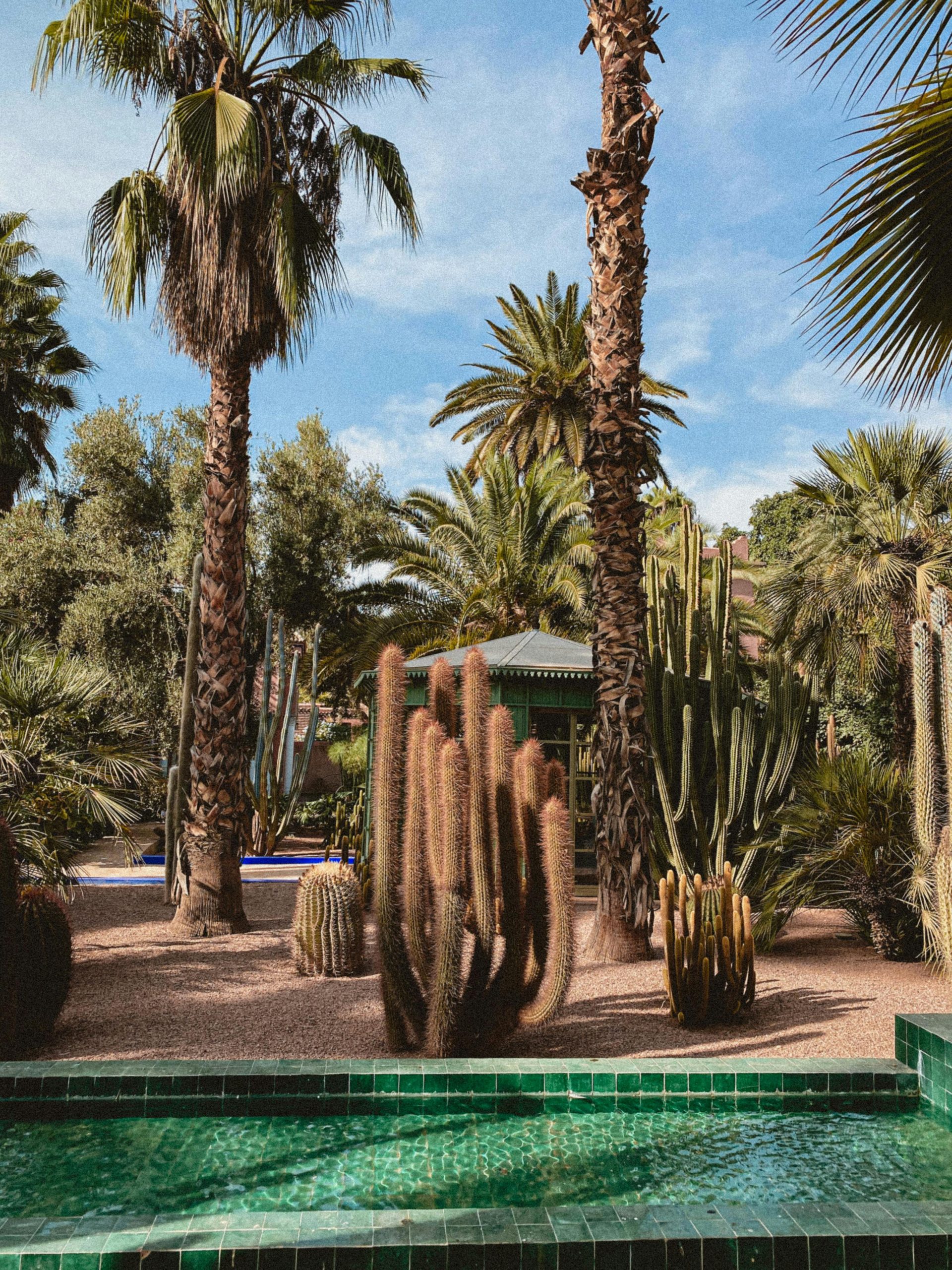Marrakech
Marrakech
Marrakech | Red City
The city of Marrakech, Morocco, was founded in 1070 as the capital of the Almoravid Empire, separating it from the Sahara Desert via the Atlas Mountains. Its name, The Red City, comes from the mud houses that look like they were formed right out of the earth. However, wealthy Sultans added to the architecture 500 years after its birth with grand palaces and magnificent tombs, making Marrakech a fascinating destination with a wide range of exciting activities.
The vibrant fusion of Arab and Berber cultures gives Marrakech its unique character. Wander the crowded souks of the Medina and listen as the stall owners enthusiastically chant their praises. Explore the labyrinth of little streets as the call to prayer echoes above the bustle of people making their goods.

Marrakech’s Main Attractions
Medersa Ben Youssef (Ali Ben Youssef) Madrasa
Some of Marrakech’s finest artwork is thought to be housed in the city’s mosques. Unfortunately for non-Muslims, Ali Ben Youssef Madrasa is the ideal place to learn about the beauty of Islamic architecture and design. The madrasa, which dates back to the 14th century, was once the largest Qur’anic school in all of North Africa. The vast center courtyard is stunning, with its blend of Moroccan and Andalusian design elements. The walls are decorated with zellij (mosaic tilework) and calligraphic friezes, while the floor is laid with mosaic tiles to create a huge, shallow reflecting pool.
Palace Bahia
The Bahia Palace is one of the most extravagant sights in Marrakech, with its beautifully beautiful courtyard, delicate woodwork, and Italian marble. Its initial structure dates back to the 1860s, and it was later enlarged and lavishly refurbished in the early 1900s. Although just a small portion of the hotel’s 150 guest rooms are accessible to the general public, those that are are sufficiently decorated to give visitors a taste of what is often regarded as the greatest Moorish and Andalusian architecture in Morocco. The rooms have woven silk panels, stained glass windows, and carved cedar ceilings.
Jamaa El-Fnaa
The historic Jamaa el Fnaa square is considered the beating heart of the Medina. This square offers a truly unique walking experience. As you make your way among snake charmers, street performers, and stalls selling fresh juices, you can feel the heat from the stone floor. At night, under the glow of the stalls’ lights, the area comes alive with the sounds of music performed by flute players, dancers, and artists. You can’t miss this incredible display of Moroccan culture.
Where to Dine?
Grand Cafe de la Post
Café de la Poste, a refurbished post office, serves French food in a relaxed ambiance. Rattan chairs, wooden blinds, and fern and palm tree pots give this French brasserie a colonial feel. Romantic and old-world. After visiting your walks in the stunning city of Marrakech, have lunch at a renowned Moroccan restaurant. On the café’s colonial terrace, locals like to drink Casablanca beer with friends. The menu features traditional French and modern foreign foods. Dakhla’s steak tartare, duck confit, and oysters go well with cold wine.
Dar Yacout
Dar Yacout serves authentic Moroccan food on its patio above the medina. This traditional restaurant in a magnificent riad themed by the One Thousand and One Nights is a must-try for Marrakech visitors. Its 20-year-old multi-course, fixed-price Moroccan feast remains popular. Enjoy aperitifs on the roof terrace and in the flower-filled courtyard before dining in one of the luxurious salons. There’s only one menu, so you can’t choose. Simply enjoy the servers’ offers. Moroccan salads, couscous, lamb tagine, lemon-olive chicken, and pastries are on the menu. From starters to desserts.
What to Do?
Visit the Souks
The souks are the genuine essence of Marrakech if the square is its heart. A maze of unique marketplaces awaits you just off the main square. The covered marketplaces and maze of tiny alleyways all appear the same, making it easy to get disoriented. Don’t fret over it; instead, take in the dazzling sights and aromas of the brightly colored textiles, spices, leather, and glassware, and the shimmering lights cast by the lanterns and colored glasses. Be sure to stop at the major marketplace, Souk Semmarine, just south of Jamaa el Fnaa. The historic spice souk, known as the “Souk Place des Epices”, is just a short distance away.
Spend Some Time in a Typical Riad
Seeing the beautiful craftsmanship of a Moroccan building is best accomplished by staying in a traditional riad (guesthouse). The exteriors are often a sandy tone and feature simple architecture. However, as you go through that door, everything changes. Wonderfully colorful tiles, intricate patterns, and plants are all focused around a picture-perfect pool. Staying at a riad is a great opportunity to get away from the hustle and bustle of Marrakech and enjoy some quiet time.
The Majorelle Garden
Incredible and colorful, the Blue House is one of Marrakech’s most popular sights. Jaques Majorelle, who also designed the stunning gardens, is credited with developing this rich blue color (now known as “Majorelle blue”). Eventually, Yves St. Laurent purchased the property and returned it to its previous splendor by renovating the home and planting new botanical gardens. The green plants from all over the world appear stunning against the blue and yellow walls, creating an atmosphere reminiscent of a tropical oasis.
How to Get There?
Marrakech’s well-connected transit network makes getting there easy. Marrakech Menara Airport features direct flights from several international destinations.